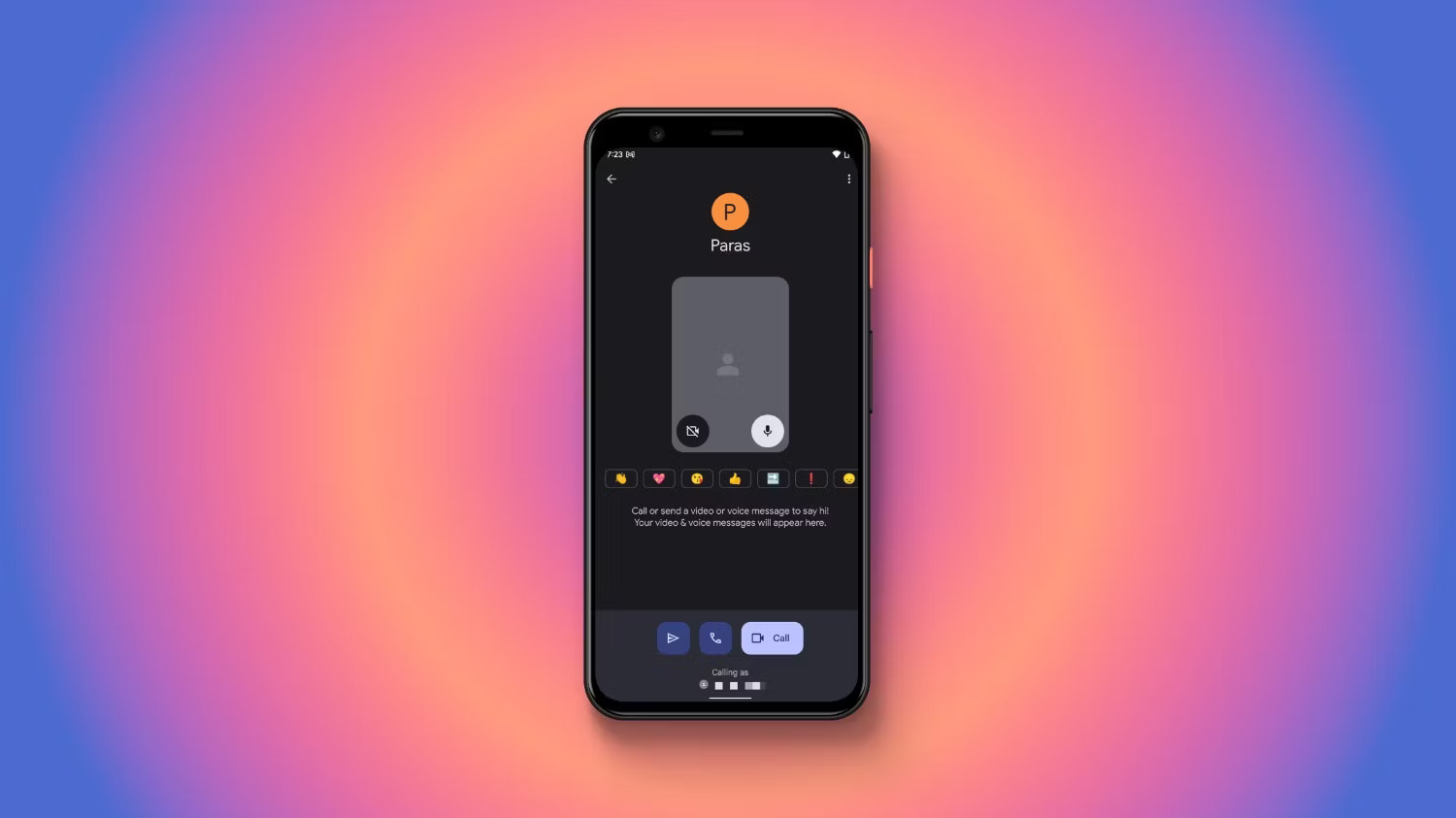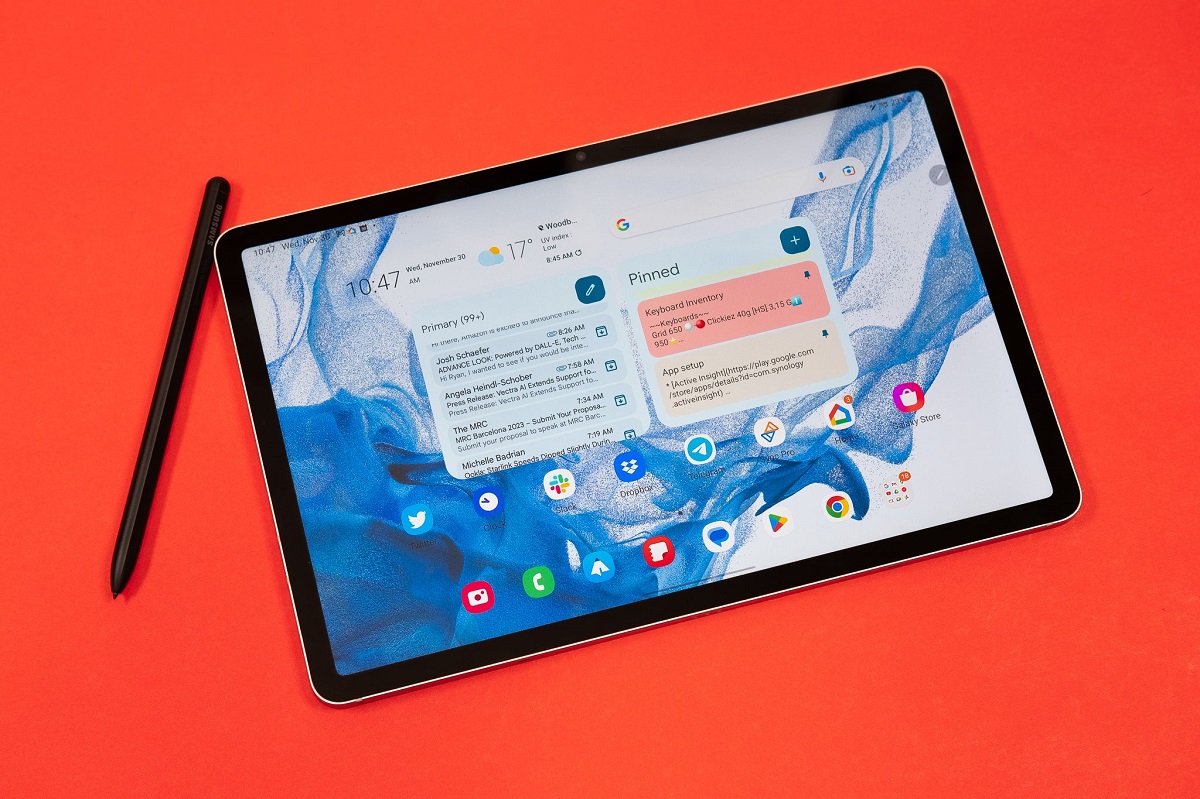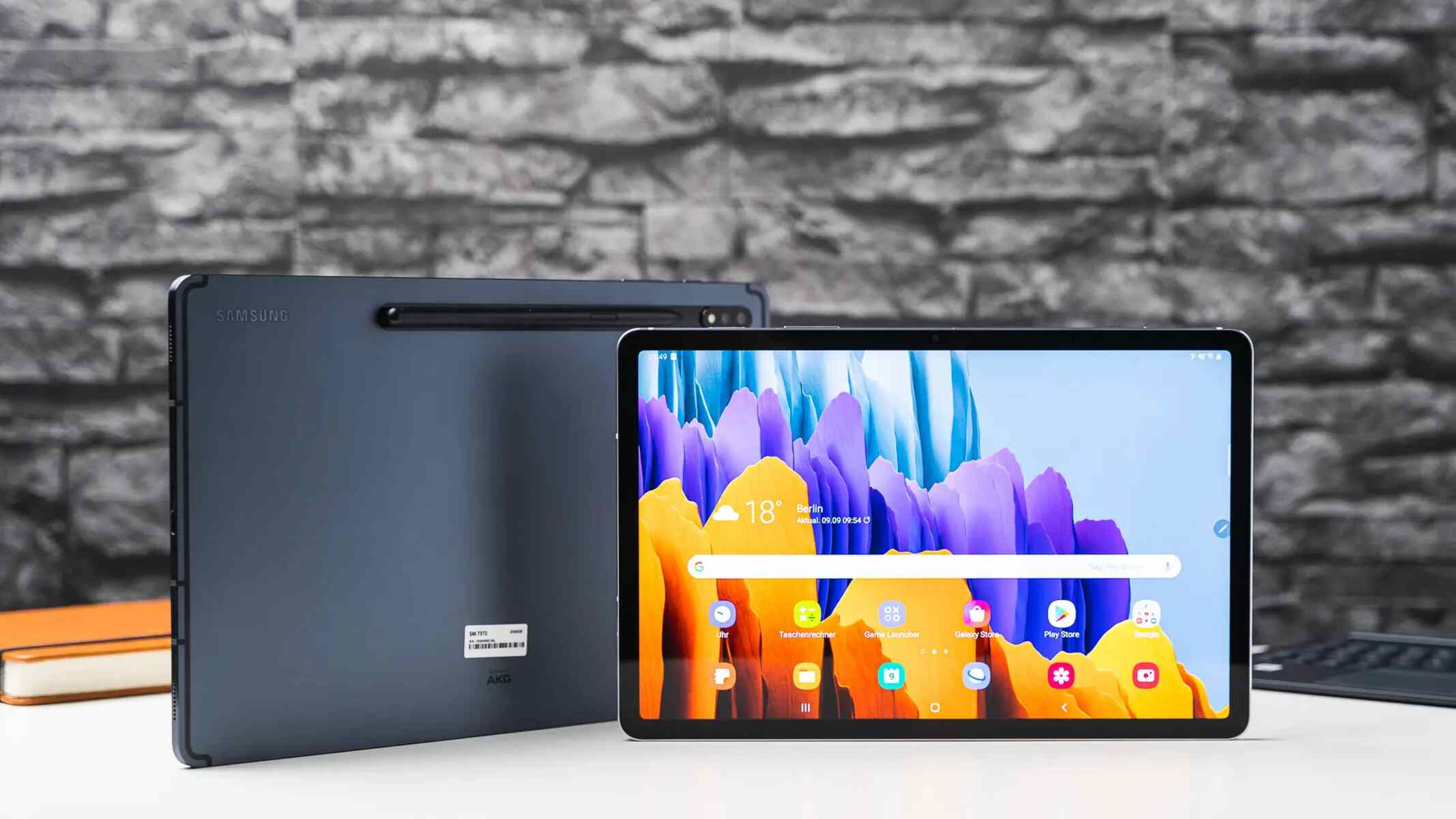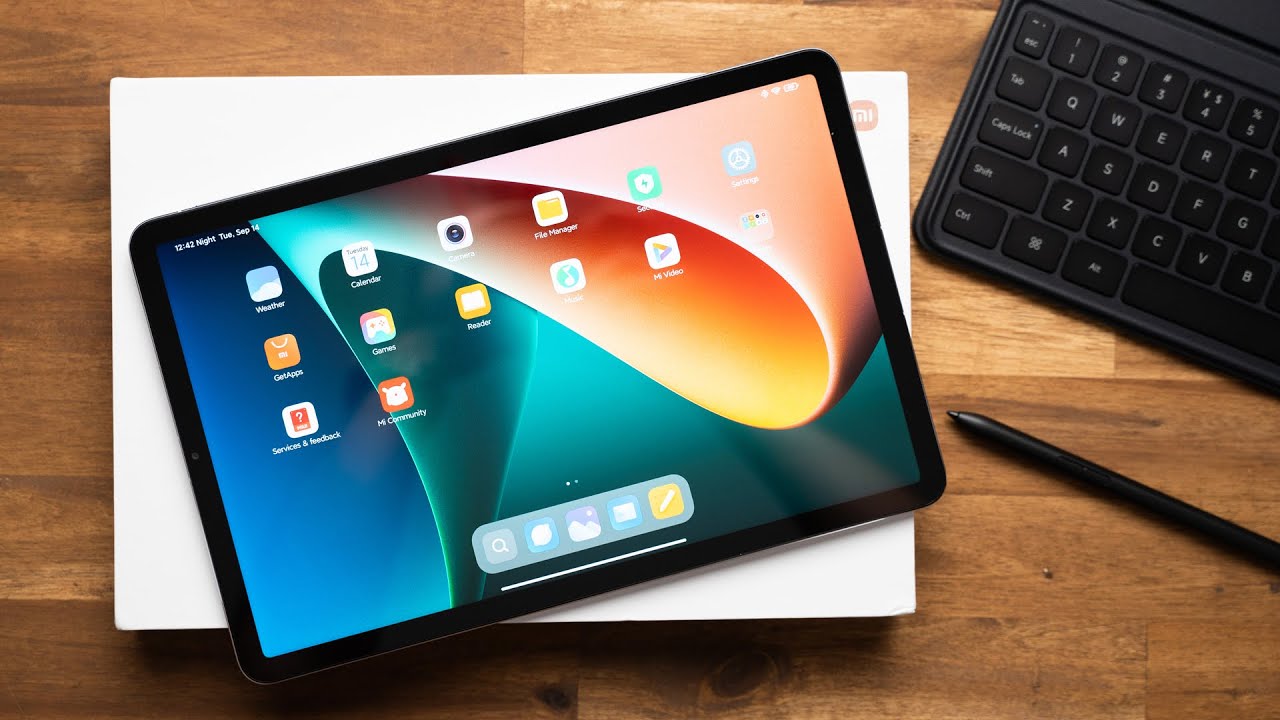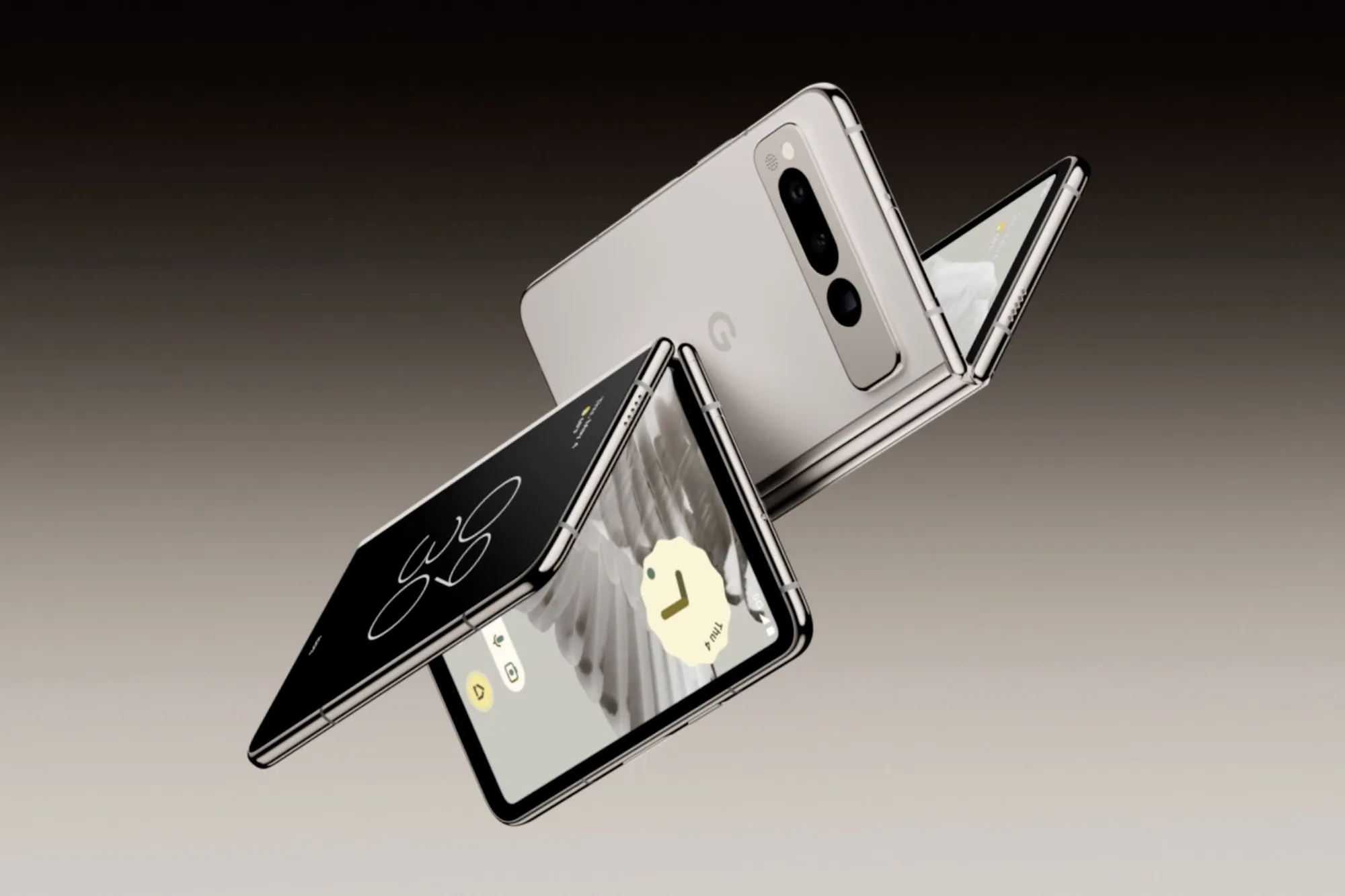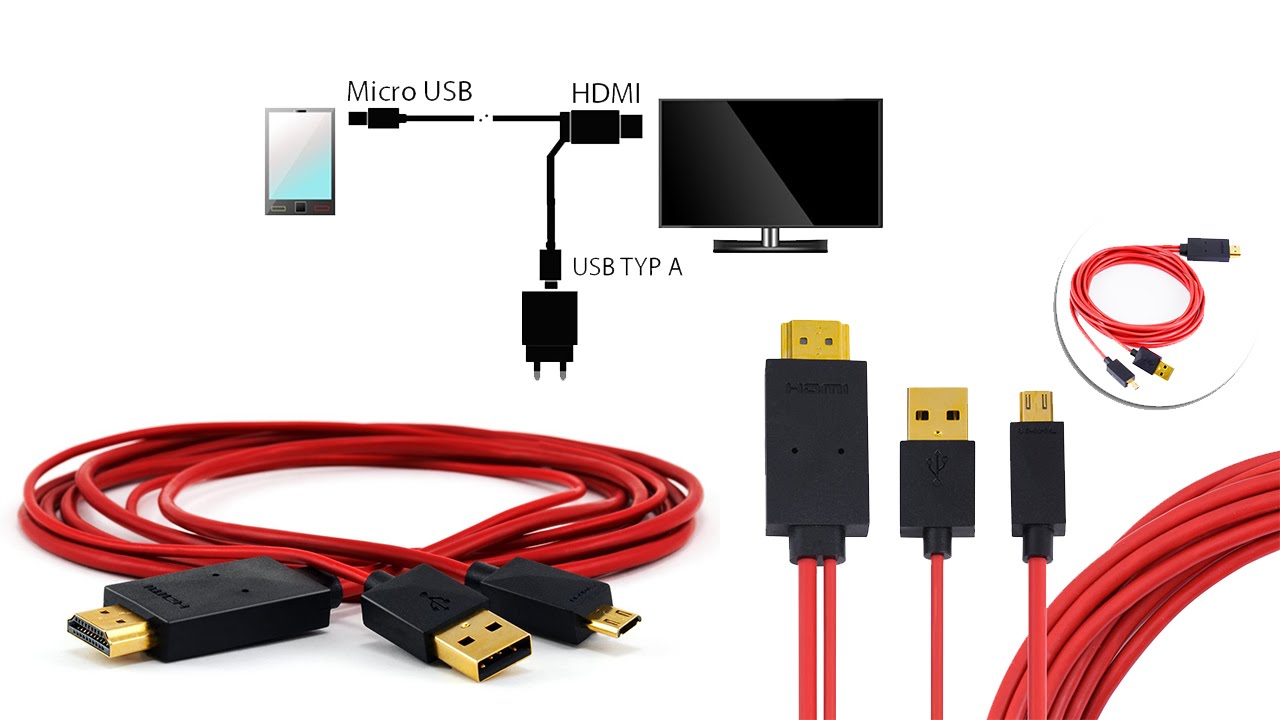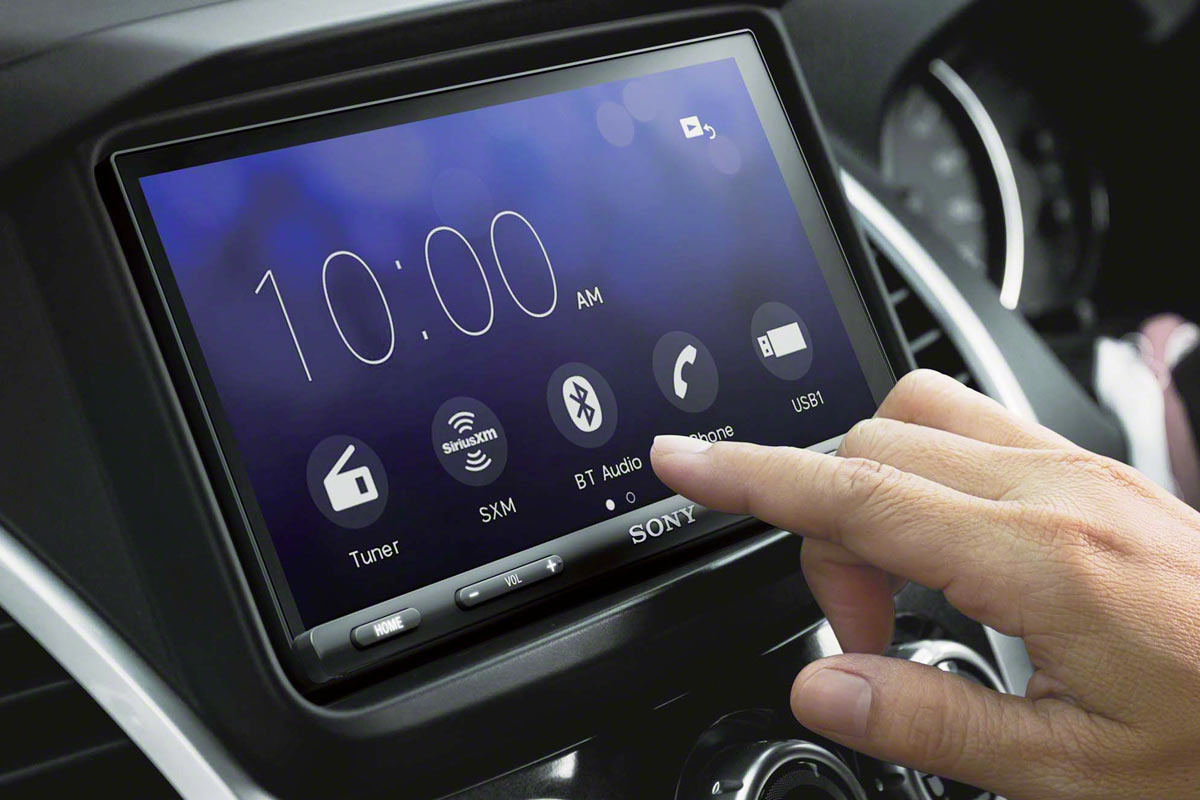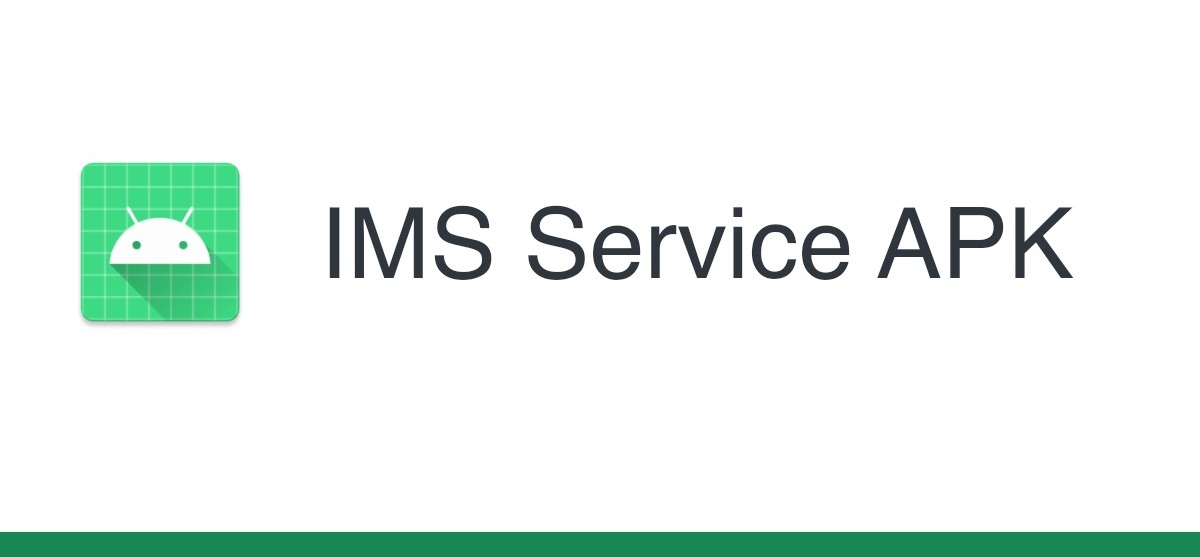Introduction
Video calling has become an essential part of our daily lives, connecting us with friends, family, and colleagues no matter where they are in the world. With the advancement of technology, Android devices have made it easier than ever to make video calls on the go, providing us with a convenient way to see and hear our loved ones in real-time.
In this article, we will guide you through the process of making video calls on your Android device. Whether you’re using a smartphone or a tablet, we’ll provide you with the necessary steps to ensure a seamless video calling experience.
Before diving into the specifics, it is important to mention that video calling apps are plentiful in the Google Play Store. Therefore, it’s crucial to choose the right application that suits your needs and preferences.
Another aspect to consider is that video calling requires a stable internet connection. To ensure the best possible experience, it is recommended to connect to a reliable Wi-Fi network or use a high-speed mobile data connection. This will help prevent any interruptions or buffering during your video calls.
In the following sections, we will walk you through the necessary steps to prepare your Android device for video calls, choose the right video calling app, set up and register an account, add contacts, and finally, make a video call. We will also provide tips on adjusting call settings and troubleshooting any issues that may arise.
So, if you’re ready to learn how to do video calls on your Android device, let’s get started!
Preparing Your Android Device for Video Calls
Before you can embark on making video calls on your Android device, there are a few essential steps to ensure a smooth and uninterrupted experience. Here’s what you need to do:
- Check your device specifications: First and foremost, make sure that your Android device meets the minimum requirements for video calling. Most modern smartphones and tablets are capable of handling video calls, but it’s always a good idea to double-check the specifications of your particular device to ensure compatibility.
- Update your operating system: Keeping your Android device’s operating system up-to-date is crucial for optimal performance. Manufacturers often release system updates that include bug fixes and improvements to the video calling functionality. Go to your device’s settings and check for any available updates, and if there are any, make sure to install them.
- Ensure sufficient battery life: Video calling can drain your device’s battery quickly. To avoid sudden power interruption during a call, it’s essential to have a sufficient battery charge. Plug your device into a power source or make sure it has a high battery percentage before initiating a video call.
- Orient your device: When making a video call, it’s crucial to position your Android device properly. Ensure that the camera lens is clean and facing you or the subject you want to share the call with. A stable position, such as using a tripod or propping your device against a solid surface, can significantly enhance the call quality and stability.
- Clear background noise: To provide a clear audio experience during video calls, minimize any background noise that may interfere with the conversation. Find a quiet location or use headphones with a built-in microphone to reduce external sounds.
- Test your internet connection: A stable and reliable internet connection is essential for successful video calls. Run a speed test or check your Wi-Fi signal strength to ensure that you have a sufficient bandwidth for video calling. If possible, connect to a high-speed Wi-Fi network for the best results. If using mobile data, make sure you have a strong signal.
By following these simple steps, you will ensure that your Android device is ready to handle video calls without any hiccups. Now that you’ve prepared your device, it’s time to choose the right video calling app for your needs.
Choosing the Right Video Calling App
With the plethora of video calling apps available on the Google Play Store, it’s essential to choose one that caters to your specific needs and preferences. Here are some factors to consider when selecting the right video calling app for your Android device:
- Features and functionality: Different video calling apps offer various features and functionalities. Some apps may provide additional features such as screen sharing, group video calls, or fun filters and effects. Consider the features you desire and prioritize them when selecting an app.
- User-friendly interface: A user-friendly interface can greatly enhance your video calling experience. Look for apps that are intuitive and easy to navigate, making it simple for both you and your contacts to initiate and join video calls.
- Compatibility and cross-platform support: Ensure that the video calling app you choose is compatible with your Android device. Additionally, consider whether the app allows cross-platform communication, allowing you to connect with friends or family who may be using different devices or operating systems.
- Security and privacy: Video calls often involve personal conversations, so it’s crucial to choose an app that prioritizes security and privacy. Look for apps that offer end-to-end encryption and have a strong reputation for protecting user data.
- Popularity and user reviews: Check user reviews and ratings for different video calling apps to gauge their popularity and performance. Reviews can provide valuable insights about the app’s reliability, call quality, and overall user experience.
- Integration with other applications: Consider whether the video calling app integrates seamlessly with other applications or services you frequently use, such as messaging apps or cloud storage platforms. Integration can streamline your communication process and enhance productivity.
Some popular video calling apps for Android devices include Skype, Google Meet, Zoom, WhatsApp, and Facebook Messenger. Each app has its own strengths and drawbacks, so take the time to research and compare them based on your specific requirements.
Once you have selected the video calling app that best suits your needs, the next step is to set up and register an account. We will guide you through this process in the next section.
Setting Up and Registering an Account
After selecting the video calling app that meets your requirements, the next step is to set up and register an account. Here’s how to get started:
- Download and install the app: Visit the Google Play Store on your Android device and search for the video calling app you have decided to use. Download and install it onto your device by following the on-screen instructions.
- Open the app: Locate the app on your home screen or in your app drawer and tap on its icon to open it.
- Create an account: In most cases, you will need to create an account to begin using the video calling app. Tap on the “Sign Up” or “Create Account” button and enter your personal details, such as your name, email address, and password. Follow the prompts to complete the registration process.
- Verify your account: Depending on the app, you may need to verify your account through an email or SMS verification process. Check your email or enter the verification code sent to your phone and follow the instructions to verify your account.
- Set up your profile: Once your account is verified, you will likely have the option to set up your profile. This may involve adding a profile picture, setting a display name, or providing additional details about yourself. Customize your profile according to your preferences.
- Grant necessary permissions: The video calling app may require permissions to access your device’s camera, microphone, and contacts. Grant the necessary permissions to ensure that you can make and receive video calls smoothly.
- Connect your contacts: To easily initiate video calls, you can connect your contacts within the app. This allows you to quickly find and call your friends, family, or colleagues who are also using the same video calling app. The process of connecting contacts may vary depending on the app, but it typically involves syncing your contacts with the app or manually adding them.
Once you have completed the account setup and registration process, you are now ready to start making video calls on your Android device. In the next section, we will explain how to add contacts and initiate video calls.
Adding Contacts for Video Calls
Now that you have set up your account and registered with the video calling app, it’s time to add contacts so you can easily initiate video calls. Follow these steps to add and manage your contacts:
- Sync contacts: If the video calling app offers the option to sync your contacts, take advantage of this feature. By syncing your contacts, the app will automatically import and update your existing contacts list, making it easier to find and connect with them for video calls.
- Manually add contacts: If the video calling app does not have automatic contact syncing, you can manually add contacts to your list. Look for the “Add Contact” or “New Contact” option within the app’s interface. Enter the contact’s name, phone number, email address, or username, depending on the app’s requirements.
- Organize your contacts: Depending on the video calling app, you may have the ability to create groups or organize your contacts into categories. This can be helpful if you have a large number of contacts or want to group them based on different purposes or relationships.
- Edit contact information: If any of your contact’s information changes, such as a phone number or email address, make sure to update it within the app. This ensures that you can easily reach out to your contacts and avoid any communication disruptions.
- Import contacts from other platforms: Some video calling apps allow you to import contacts from other platforms, such as your Google account or social media networks. This simplifies the process of adding and managing contacts, as you can import them directly from your existing accounts.
- Privacy settings: Consider reviewing the privacy settings of the video calling app to determine who can see your contact information and how you appear to others. Adjust the settings according to your preferences to maintain control over your privacy.
By adding and organizing your contacts in the video calling app, you can quickly locate and connect with the people you want to video call. In the next section, we will discuss how to make a video call on your Android device.
Making a Video Call on Android
Now that you have prepared your Android device, chosen the right video calling app, and added contacts to your list, it’s time to make your first video call. Follow these simple steps:
- Open the video calling app: Locate the app on your home screen or in your app drawer and tap on its icon to open it.
- Select a contact: Depending on the app’s interface, you may see a list of contacts, recent conversations, or a search bar. Tap on the contact you want to video call.
- Initiate the video call: Look for the video call option within the contact’s profile or conversation. Tap on the video call button to initiate the call.
- Wait for the contact to answer: Once the video call is initiated, wait for the contact to accept your call. This may take a few seconds, depending on their device and internet connection.
- Enjoy the video call: Once the call is connected, you can now see and hear the contact in real-time. Talk, smile, and gesture as if you were having a face-to-face conversation.
- Use additional features: Depending on the video calling app, you may have access to additional features during the call. This could include the ability to switch between front and rear cameras, mute your microphone, or share your screen.
- End the video call: When you’re ready to end the call, simply tap on the button provided to hang up. The call will disconnect, and you’ll be returned to the app’s main interface or the contact’s profile.
Repeat these steps to make video calls with other contacts in your list. Remember to consider the privacy settings and preferences of the video calling app to ensure a secure and enjoyable experience.
Now that you know how to make a video call on your Android device, let’s move on to the next section, where we will explore how to adjust call settings for a better video calling experience.
Adjusting Call Settings for a Better Experience
To enhance your video calling experience on Android, it’s important to familiarize yourself with the call settings available within your chosen video calling app. These settings can help you customize the audio and video quality, manage notifications, and tailor the app to your preferences. Here are some settings to consider:
- Video and audio quality: Check if the app allows you to adjust the video and audio quality during a call. This can be helpful if you’re experiencing choppy video or poor audio clarity. Experiment with different settings to find the right balance between quality and data consumption.
- Camera and microphone: Review the app’s settings to ensure that the correct camera and microphone are selected for video calls. You may have multiple cameras or microphones on your device, so choose the ones that provide the best video and audio input.
- Notifications: Configure the app’s notification settings to control how you receive video call notifications. You can choose between sound alerts, vibration, or even disable notifications altogether during specific hours or when you’re in important meetings.
- Auto-answer: Some video calling apps offer an auto-answer feature, which automatically accepts incoming calls. Enable this setting if you prefer to seamlessly answer video calls without manually accepting them.
- Do Not Disturb: If you want to temporarily avoid video calls, consider enabling the app’s “Do Not Disturb” mode. This will suppress notifications and mute incoming calls for a specific period of time.
- Privacy settings: Take a moment to review the app’s privacy settings. Ensure that you have control over who can initiate video calls with you, who can see your online status, and whether your call history is saved or not.
- Network settings: If you’re experiencing connectivity issues during video calls, check if the app’s network settings allow you to switch between Wi-Fi and mobile data. You can also adjust settings to prioritize Wi-Fi usage or limit data usage during calls.
- Accessibility features: Some video calling apps offer accessibility features such as closed captions or compatibility with assistive technologies. Explore the app’s accessibility settings to determine if they can enhance your video calling experience.
By adjusting these call settings, you can personalize the video calling app to suit your preferences and optimize the audio and video quality for a better overall experience.
Next, we will discuss troubleshooting tips for common video call issues that you might encounter on your Android device.
Troubleshooting Video Call Issues on Android
While video calling on your Android device can be a seamless experience, there may be times when you encounter certain issues that affect the call quality or connectivity. Here are some common video call issues and troubleshooting tips to help you resolve them:
- Poor video or audio quality: If you’re experiencing a low-quality video or audio during a call, check your internet connection. Ensure you have a stable Wi-Fi signal or a strong mobile data connection. Consider moving closer to your Wi-Fi router or switching to a different Wi-Fi network if possible.
- Slow or lagging video: Slow or lagging video can be caused by network congestion or limitations. Try closing any bandwidth-heavy apps or downloads running in the background. Alternatively, switch to a higher-speed internet connection or contact your service provider for assistance.
- Call drops or disconnections: If your video calls frequently drop or disconnect, check your network signal strength. Weak network signals can cause interruptions. Try moving to an area with better network coverage or switch to a different Wi-Fi network. Additionally, ensure that your device’s battery level is sufficient, as low battery power can sometimes lead to call disconnections.
- Echo or feedback: Echo or feedback during a video call can be caused by audio feedback between your device’s microphone and speaker. Ensure that you’re not using loudspeaker mode and ask the person you’re calling to adjust their volume or mute their microphone if necessary.
- Camera not working: If your camera isn’t functioning during a video call, check if any other apps are using the camera. Close those apps or restart your device to resolve any conflicts. If the issue persists, check if the app has the necessary camera permissions enabled in your device’s settings.
- Network firewall or restrictions: Some networks or firewalls may have restrictions that interfere with video calls. If you’re using a corporate or public Wi-Fi network, check if there are any restrictions in place. Consider using a VPN (Virtual Private Network) to bypass such restrictions.
- App or device updates: Keeping your video calling app and Android device up to date is crucial. App and system updates often include bug fixes and performance improvements. Check for any available updates in the Google Play Store and install them to ensure you have the latest version of the app.
- Clear app cache or reinstall: If all else fails, you can try clearing the cache of your video calling app or even reinstalling the app. This can help resolve any temporary glitches or conflicts that may be affecting the app’s performance.
If none of these troubleshooting tips resolve your video call issues, consider reaching out to the app’s support team for further assistance. They may be able to provide specific troubleshooting steps or offer additional insights to resolve the problem.
Now that you’re equipped with troubleshooting knowledge, you can tackle any video call issues that arise on your Android device.
Conclusion
Video calling on your Android device has revolutionized the way we connect with others, allowing us to have face-to-face conversations no matter the distance. By following the steps outlined in this article, you can seamlessly make video calls and stay connected with your friends, family, and colleagues.
We began by preparing your Android device for video calls, ensuring that your device meets the necessary specifications and has an up-to-date operating system. We then discussed the importance of choosing the right video calling app, considering features, user interface, compatibility, security, and integration with other applications.
Next, we guided you through the process of setting up and registering an account, as well as adding contacts to your video calling app. These steps are crucial for initiating video calls and ensuring that you can easily connect with the people you wish to communicate with.
We then explored how to make a video call on your Android device, covering the steps of selecting a contact, initiating the call, and enjoying a real-time conversation. Additionally, we shared tips on adjusting call settings to enhance your video calling experience, such as customizing video and audio quality, managing notifications, and optimizing privacy settings.
Furthermore, we provided troubleshooting tips for common video call issues that you may encounter. By following these troubleshooting strategies, you can resolve issues related to video or audio quality, call drops, echo or feedback, camera problems, network restrictions, and more.
In conclusion, the ability to make video calls on your Android device offers a convenient and immersive way to connect with others, no matter where they are in the world. By following the steps and tips outlined in this article, you can ensure a seamless and enjoyable video calling experience on your Android device.
So, grab your Android device, choose the right video calling app, and start making those memorable and meaningful video calls today!







